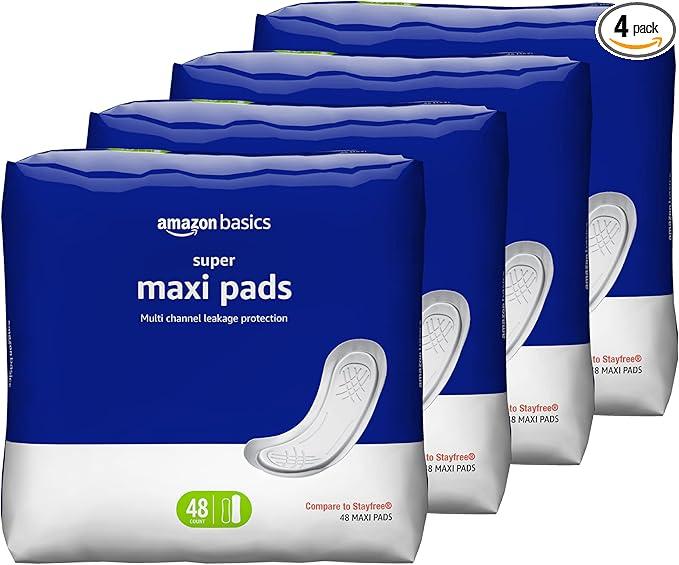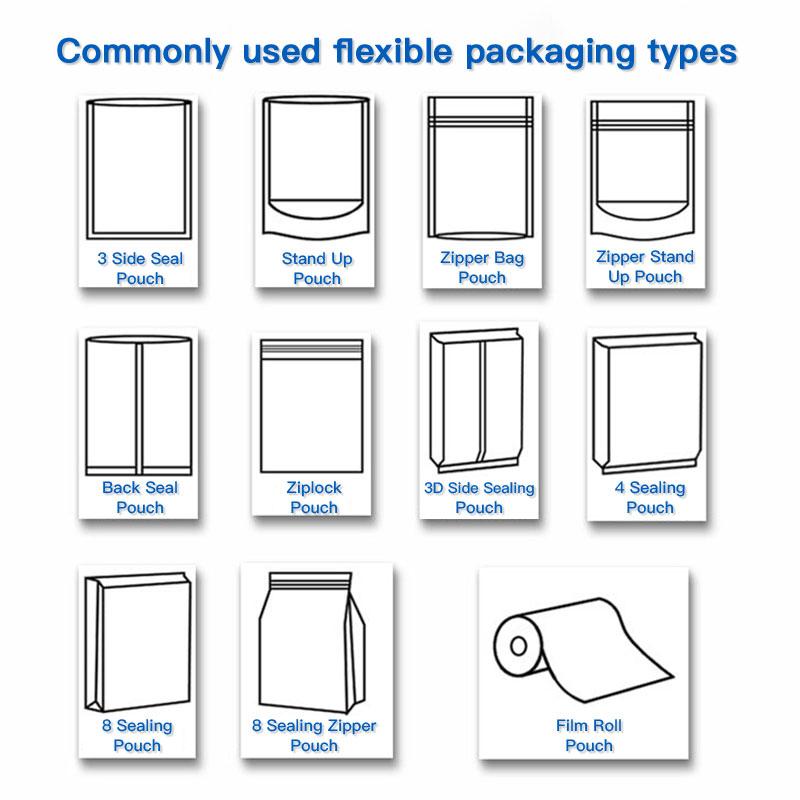Author:Tansox Packaging Poly Bags Manufacturer TIME:2025-03-21
Packaging plays a crucial role in maintaining the quality, safety, and longevity of sanitary pads. As a personal hygiene product, sanitary pads require specialized packaging to prevent contamination, preserve freshness, and ensure convenience for users. Proper packaging for sanitary pads not only enhances product protection but also extends shelf life, making it an essential aspect of the feminine hygiene industry. This article explores how different packaging materials, technologies, and design elements contribute to the protection and durability of sanitary pads.
Sanitary pads are highly absorbent and sensitive to external factors like moisture, dust, and bacteria. Without proper packaging, they can degrade in quality, posing health risks to users. Packaging for sanitary pads serves multiple functions, including maintaining hygiene, improving shelf life, and offering ease of use. From manufacturing to the end consumer, effective packaging ensures that sanitary pads remain in optimal condition.

To keep sanitary pads safe and fresh, manufacturers use high-quality materials in their packaging. These materials include:
Plastic Films: Most sanitary pads are wrapped in polyethylene or polypropylene films that provide a moisture barrier and prevent contamination.
Paper-Based Packaging: Some brands use biodegradable or recycled paper materials to offer eco-friendly packaging while maintaining product protection.
Aluminum Foil Layers: In premium sanitary pad packaging, aluminum foil layers add an extra level of protection against moisture and air exposure.
Using the right material enhances the durability of sanitary pads, preventing exposure to external elements that could compromise their integrity.
Hygiene is a top priority for sanitary pad manufacturers. The packaging acts as a protective shield against bacteria, dust, and other contaminants. Features like individually wrapped pads, resealable pouches, and tamper-proof seals ensure that the product remains sanitary until use. By minimizing exposure to air and handling, packaging for sanitary pads significantly reduces the risk of contamination.
Moisture is one of the biggest threats to the quality of sanitary pads. If pads absorb moisture from the air, they can lose their effectiveness and become uncomfortable to use. Advanced moisture-proof packaging, such as:
Laminated plastic layers that prevent water vapor penetration
Vacuum-sealed pouches that eliminate excess air exposure
Odor-lock technology that traps and neutralizes unwanted smells
These packaging innovations help preserve the freshness and usability of sanitary pads for an extended period.

Convenience is a major factor in sanitary pad packaging. Many brands now offer resealable packaging for sanitary pads, allowing users to keep unused pads fresh and protected after opening. Resealable packs prevent dust, moisture, and bacteria from affecting the remaining pads, making them more hygienic and travel-friendly.
With growing environmental concerns, many brands are shifting towards sustainable packaging solutions. Eco-friendly packaging for sanitary pads includes:
Biodegradable wrappers made from plant-based materials
Recyclable paperboard boxes instead of plastic containers
Compostable individual pad covers
Sustainable packaging solutions not only protect the product but also reduce environmental impact, catering to eco-conscious consumers.
Shelf life is a critical consideration in feminine hygiene products. Factors that contribute to an extended shelf life include:
Air-tight sealing to prevent oxidation and bacterial growth
UV-resistant packaging to shield against light exposure, which can degrade materials
Antimicrobial packaging that actively inhibits microbial contamination
By incorporating these elements, packaging for sanitary pads ensures that the product remains effective and safe for a longer duration.
Beyond protection and shelf life, the design of sanitary pad packaging influences consumer purchasing decisions. Attractive, informative, and easy-to-use packaging can enhance the overall customer experience. Features such as:
Easy-to-open tear strips
Compact, discreet packaging for convenience
Clear labeling with usage instructions and benefits
All contribute to a positive user experience while maintaining product quality.

Effective packaging for sanitary pads is essential for maintaining product hygiene, protection, and shelf life. From high-quality materials to advanced sealing techniques, every aspect of packaging contributes to preserving the quality of sanitary pads. Innovations such as resealable packs, moisture-proof layers, and eco-friendly alternatives not only enhance functionality but also meet consumer preferences. As the demand for sustainable and hygienic solutions grows, packaging technology will continue to evolve, ensuring better protection and convenience for users worldwide.